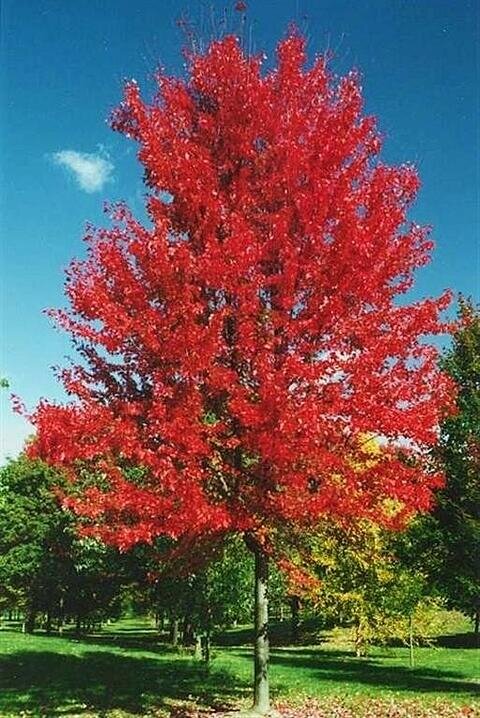What is new and exciting for 2018? Although maybe not as hip as what you might find at the Consumer Electronics Show, a few of the new products at the landscape shows I have attended are quite cool. After seeing hundreds of new ideas it was difficult to narrow down my list. I want to share my 3 favorite new landscape products in reverse order.
1.
My 3rd favorite new product has to do with lighting. Technology in landscape lighting has skyrocketed in the last 5 or so years. After the introduction of LED lights came controlling LED lights in zones or rooms just like in your house. Then came the introduction of RGB (commonly known as color changing) technology and the ability to dim light fixtures. LED lamps are improving too, not just the color but also the brightness and the angle width of light. For my customers, I am really excited about some new fixtures like the Silhouette Collection by Dauer Manufacturing. From the picture below you can see what the lighting bollard looks like during the day but also see how the light coming through the cutouts creates interesting silhouettes. This is a lot more exciting than a typical path light.
2.
My second favorite new product is a new wall from Unilock. Unilock manufactures concrete and stone pavers as well as concrete block retaining walls. Paver products have been improved dramatically in the last few years. But, retaining walls have changed minutely in the past 15 years. The Ucara Wall by Unilock is a game changer. The structure of the wall is a plain concrete block that has ledge hangers on it (if you follow the Ucara Wall link the pictures tell the story). Then, you pick the wall finish that you hang on the interior block. Not only does this provide an amazing array of quick design opportunities for me and my customer but also a reduction in labor in since cutting time will be reduced. And, the structure will be stronger as the blocks that hang interlock with multiple interior blocks creating a larger super structure.
3.
My #1 favorite new product....Out Deco panels. With these you can create a chic stylish privacy fence. The designs are such you could use them as sculpture in the garden or to help provide a backdrop for an ornamental tree. They can be used on top of a pergola to provide shade. They can create a contemporary privacy screen for your hot tub. They are made from sustainable hardwood. You can leave them natural to age and patina. You can seal them to maintain the current color. Or, they are completely paintable. This is the un-fence fence. Really, really cool.
There are many new products available. Some are unsung since they are not meant to be seen like better edging for your patio. I have chosen my three favorite because I think they are very creative and can make my customers outdoor space and more comfortable and more special. Please contact me to help with your project.



















